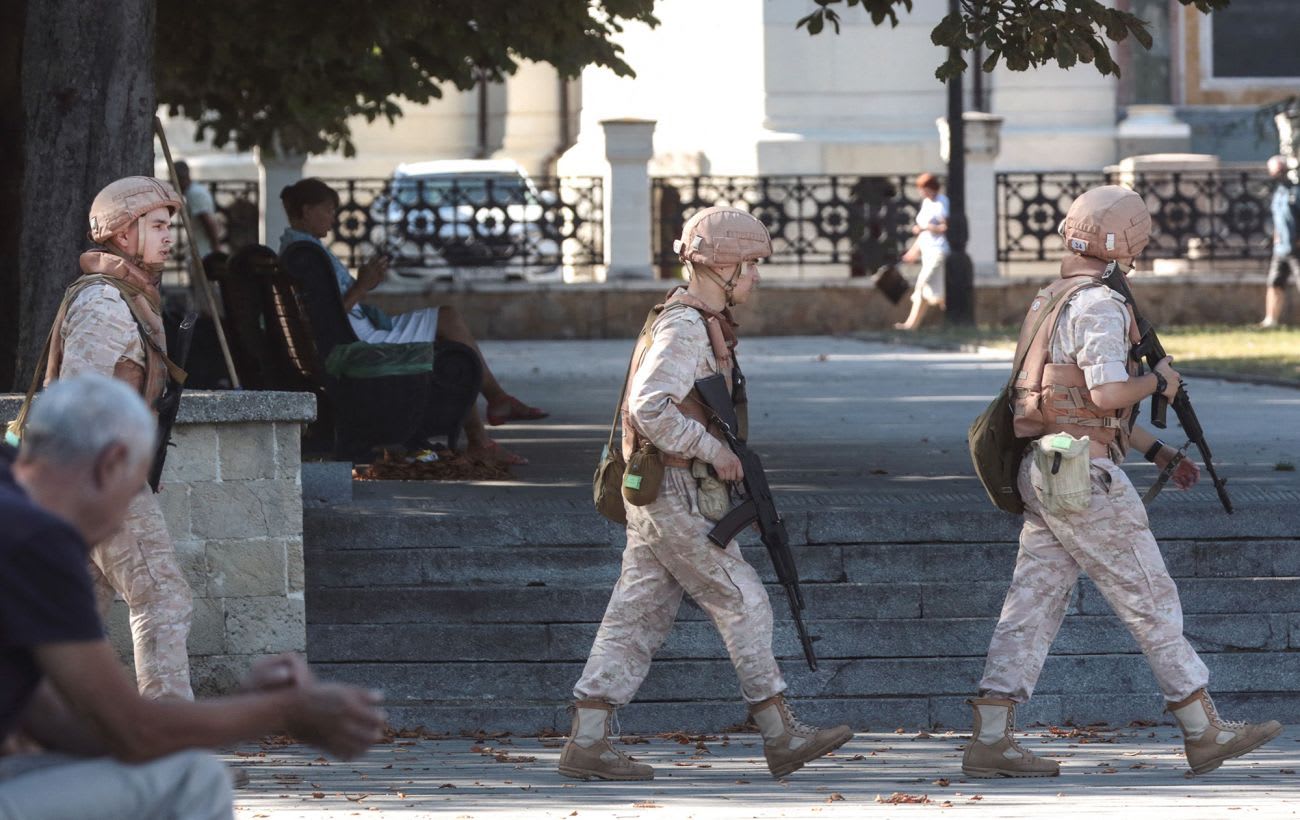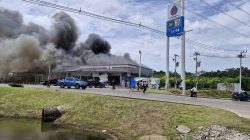Drone Attacks Reported in Crimea and Rostov
On the evening of Wednesday, July 23, residents of the temporarily occupied Crimea reported hearing a series of explosions. Local media outlets and social media platforms have been abuzz with claims that the region is under attack by drones. According to Krymskiy Veter, a well-known Telegram channel, there are indications of a significant drone operation targeting the peninsula.
Propaganda channels have also shared information about a large-scale drone assault on Crimea. These reports suggest that multiple drones were spotted flying over the area, with some images circulating online showing what appears to be an attack drone heading toward the Belbek airfield. The images have raised concerns among local residents and officials alike.
In addition to the drone activity, there have been reports of explosions in Sevastopol, a key city in Crimea. As a result, internet access has been disrupted for many residents, adding to the uncertainty and fear in the region. Authorities have advised people to avoid the beach areas, likely due to safety concerns.
The so-called “governor” of Sevastopol, Mikhail Razvozhayev, confirmed the attacks. He stated that air defense systems successfully destroyed six drones, with three of them being shot down near the Kacha airfield. However, it is important to note that Ukrainian officials have not yet made any official statements regarding these events, leaving much of the situation unverified.
Attacks Extend to Rostov-on-Don and Taganrog
The drone activity was not limited to Crimea. During the night of July 23, explosions were reported in Rostov-on-Don and Taganrog, two cities in southern Russia. Russian authorities have claimed that these attacks were carried out by Ukrainian drones, specifically the Liutyi model.
The Russian Ministry of Defense released a statement asserting that their air defenses had shot down 51 drones during the incident. This claim, however, should be viewed with caution, as similar statements have often been made in the past without independent verification.
These attacks highlight the ongoing tensions in the region and the increasing use of unmanned aerial vehicles in military operations. Drones have become a critical tool for both sides, allowing for targeted strikes and reconnaissance missions without risking human lives.
Implications and Ongoing Concerns
The recent drone attacks raise several questions about the current state of the conflict. With both sides accusing each other of using drones to conduct strikes, the situation remains volatile. The lack of clear communication from Ukrainian officials adds to the confusion, making it difficult to determine the full extent of the attacks.
For residents in affected areas, the constant threat of violence and disruption is a harsh reality. Internet outages, evacuation orders, and unconfirmed reports of explosions create an atmosphere of uncertainty. Local authorities are working to manage the situation, but the rapid pace of events makes it challenging to provide timely and accurate information.
As the conflict continues, the use of drones is likely to play an even greater role in future operations. Both sides are investing heavily in drone technology, recognizing its strategic value in modern warfare. This trend suggests that such incidents may become more frequent, further complicating the already tense environment.
Conclusion
The recent drone attacks on Crimea and Rostov-on-Don underscore the evolving nature of the conflict in the region. While the details remain unclear, the impact on local communities is undeniable. As the situation develops, it will be crucial to monitor the actions of both sides and seek verified information to understand the true scope of these events. For now, the uncertainty surrounding these attacks serves as a reminder of the ongoing challenges faced by those living in the shadow of war.







